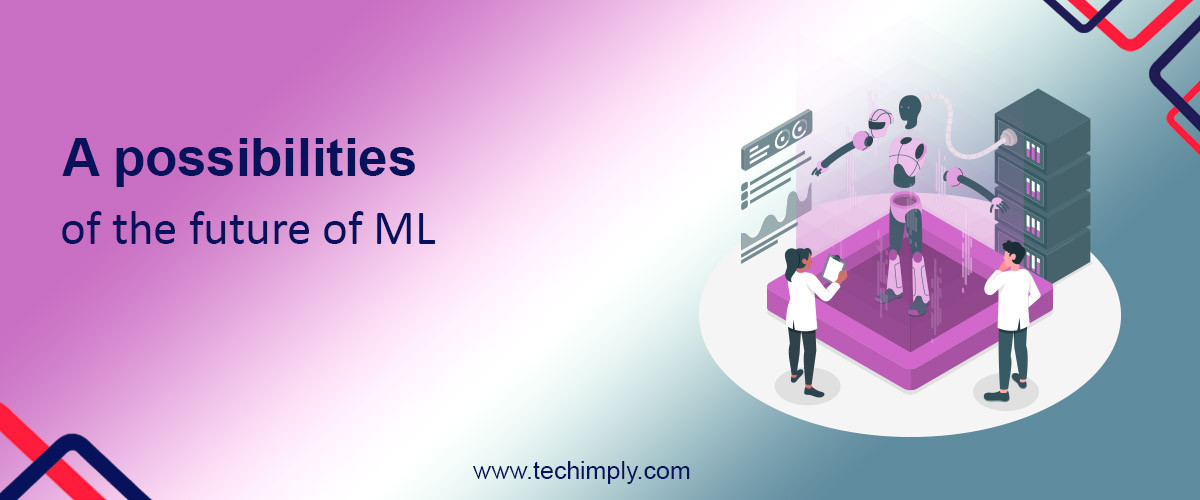In their current form, traditional machine learning techniques are already compelling in pattern recognition, but there are still many problems in which they fail. One problem is the translation between two different languages. Another one is the question of dealing with unknown or missing data when models can learn to ignore noise or predict it rather than taking it into account.
Another relevant area where traditional machine learning fails is when it comes to determining causal relationships. Even though methods exist that can approximate this information to some degree (such as Granger causality), these approaches lack formalism. They do not allow for predicting complex time series without another model that represents the context. In this article, we will describe some applications in which machine learning methods have been used.
Machine learning algorithms have helped humanity increase its ability to find patterns within large amounts of data by allowing computers to learn the patterns for themselves. However, they are limited to analyzing data that has already been gathered and cannot predict future events with any certainty. Traditional machine learning algorithms work well when presented with input data that contains only noise or known patterns, but they fail when presented with unknown or partially available data. The next step for computational systems will be to go beyond simple pattern recognition and allow computer programs to gather information by making predictions about possible future events actively.
Machine learning techniques
-
Machine learning techniques greatly influence everyday life, even though the general population is unaware of them. Machine learning can be considered a part of artificial intelligence. It allows computer systems to learn how to make better decisions based on previous experiences without explicitly programming where to look for information. Machine learning has greatly influenced natural language processing, speech recognition, and computer vision when it comes to research.
- Machine learning relies on algorithms that can learn from data without relying on rules-based programming. These programs will generate output based on models that are discovered through repeated exposure to input data rather than being programmed with specific instructions. The result of the program is not always easily predictable (it is not computable), but it often performs better than traditional approaches that rely on explicit instructions or complex rule-based systems that require significant human supervision.
Modern Technology in Machine learning
-
With the help of machine learning, You can build better enterprise resource planning solution that helps to manage large industries. They provide robust solutions like ERP software, CRM software, etc.
-
Modern-day technology uses machine learning techniques extensively under the hood without user knowledge about this process. For example, the Google search engine does not give hints when performing searches because machine learning algorithms process all operations. Machine learning is a technique that allows computer systems to learn from data without relying on rules-based programming. When it comes to research, machine learning has greatly influenced natural language processing and computer vision. Machine learning relies on algorithms that generate output based on models discovered through repeated exposure to input data rather than being programmed with specific instructions.
- The result of the program is not always easily predictable (it is not computable), but it often performs better than traditional approaches that rely on explicit instructions or complex rule-based systems that require significant human supervision. Modern-day technology uses machine learning techniques extensively under the hood without user knowledge about this process. For example, search engine does not give any hints when performing searches because machine learning algorithms process all operations. You can check RemoteDBA.com for insights.
- Machine learning is a technique that allows computer systems to learn from data without relying on rules-based programming. When it comes to research, machine learning has greatly influenced natural language processing and computer vision. Machine learning relies on algorithms that generate output based on models discovered through repeated exposure to input data rather than being programmed with specific instructions. The result of the program is not always easily predictable (it is not computable), but it often performs better than traditional approaches that rely on explicit instructions or complex rule-based systems that require significant human supervision.
- Modern-day technology uses machine learning techniques extensively under the hood without user knowledge about this process. For example, search engine does not give any hints when performing searches because machine learning algorithms process all operations.
- The term "machine learning" refers to a broad class of data-driven decision-making and problem-solving techniques, depending on computer programs that use feedback from experience to improve their performance on a specific task Machine learning is thus at the intersection of artificial intelligence, statistics, and computational science [Luger 2016]. This article will describe some applications in which machine learning methods have succeeded [Although this area is very rich and still growing, interesting examples can be found in almost every domain. We will cover only a small subset of the large variety of machine learning algorithms and applications. Readers interested in a more comprehensive survey are referred to standard textbooks on artificial intelligence statistical learning or computational learning theory
The term "machine learning" refers to a broad class of data-driven decision-making and problem-solving techniques, depending on computer programs that use feedback from experience to improve their performance on a specific task Machine learning is thus at the intersection of artificial intelligence, statistics, and computational science.






